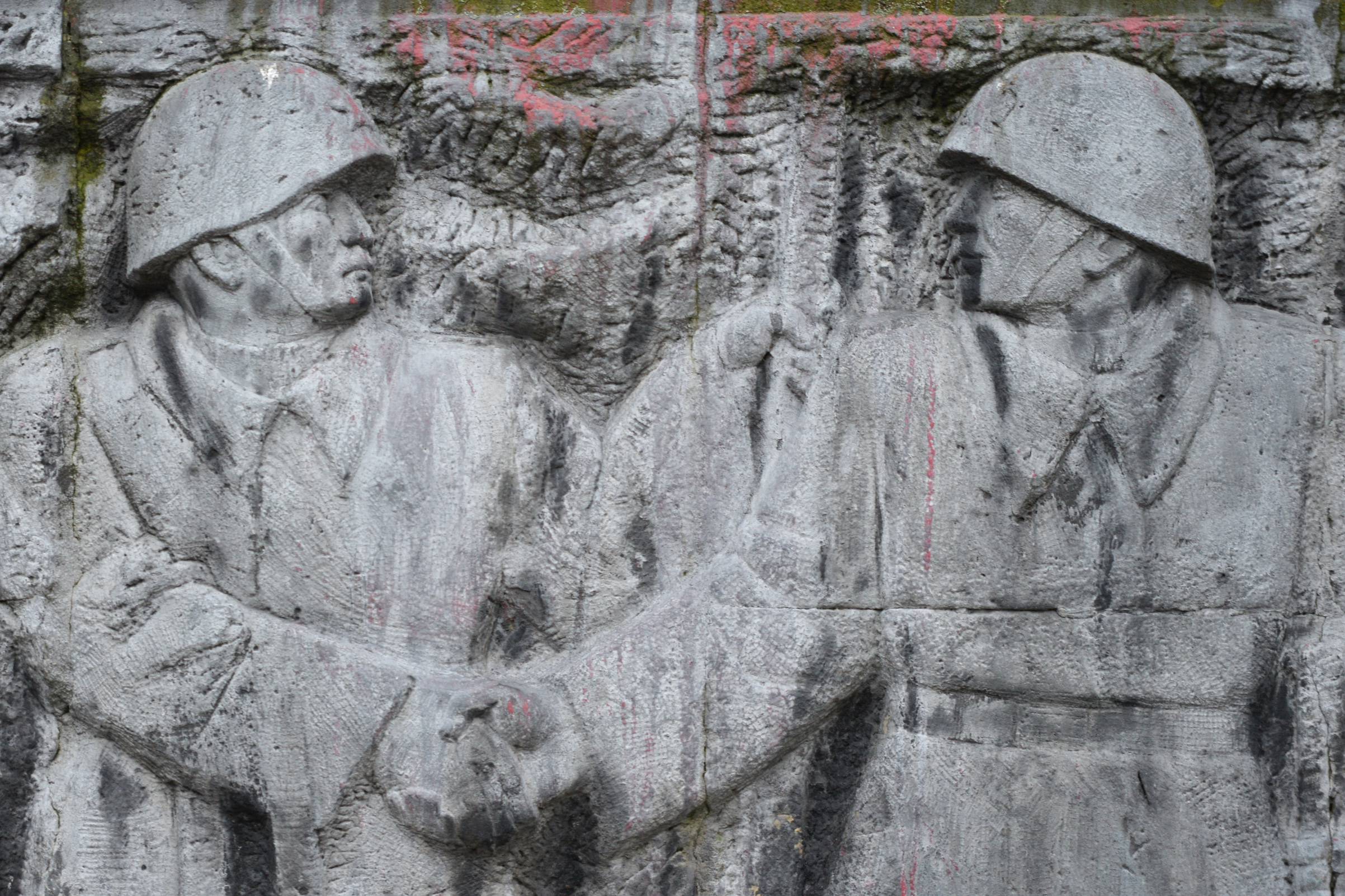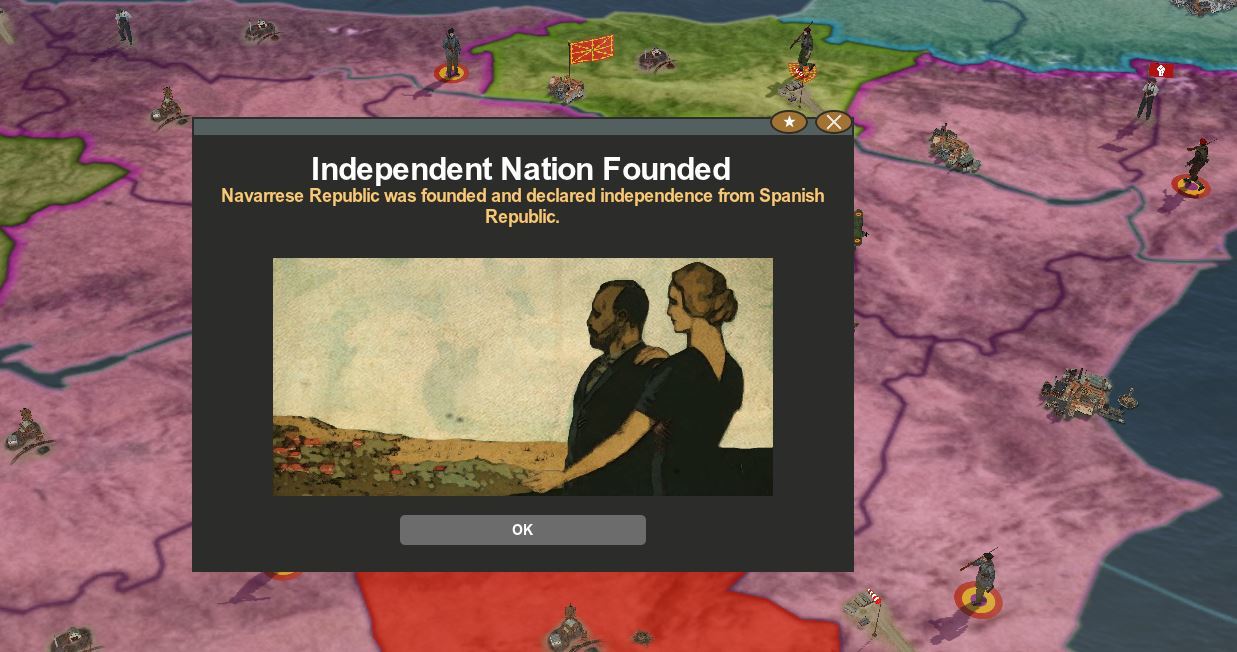

After the German attack, Soviet steel production fell to eight million tons in 1942, while German production was 28 million tons. Nor did the USSR enjoy an advantage in economic resources. If the Red Army had continued to fight the same way, it would simply have sustained escalating losses for little gain. Soviet armies were always desperately short of men.Ībove all, Soviet tactics in 1941-2 were extremely wasteful of manpower. Germany and her allies also possessed a large population, and added to it the peoples of the captured Soviet areas - men and women who were forced to work for the German army or were shipped back to work in the Reich. The idea that the USSR had limitless manpower, despite its heavy losses, is inadequate as an answer.
For two years Soviet forces pushed the German army back into Germany, until in May 1945 Soviet forces accepted the surrender of the relic of Hitler's army in Berlin. The Red Army withstood a massive German assault, and then counter-attacked.

The Battle of Kursk in July 1943 was one of the greatest set-piece battles in military history. But not until the Red Army had decisively defeated German forces in the more favourable summer weather of 1943 did the tide really turn. Some historians have seen this as the turning point of the war. In November 1942 Operation Uranus was launched by the Soviets, and the German Sixth Army at Stalingrad was encircled. After weeks of chaotic retreats and easy German victories, the Red Army solidified its defence and against all the odds clung on to the battered city. The southern attack failed at Stalingrad. The Volga was to be blocked at Stalingrad, after which German forces could wheel northwards to outflank Moscow and the Soviet line. Hitler hoped that German forces would capture the oil and sweep on through the Middle East to meet up with Axis forces in Egypt. The Red Army had sufficient reserves to stop the German army from completing the rout in December 1941, but the following summer German offensives launched far to the south of Moscow, to seize the rich oilfields of the Caucasus and to cut the Volga shipping route, created further chaos. In the event, the shock of attack almost unhinged the Soviet state, and by the autumn German forces had destroyed most of the Red Army and the Russian air force, surrounded and besieged Leningrad - where over one million people died of starvation and cold - and were approaching the outskirts of Moscow. Stalin did not want to risk war, though he hoped to profit from the German-British struggle if he could. The evidence makes clear the defensive posture of the Soviet Union in 1941. Victory was expected by the early autumn. The date of 22 June was late for starting a campaign over such a vast area, but German commanders were confident that the Soviet armed forces were primitive, and that the Soviet people were waiting for liberation. The original date, set for May 1941, had to be revised to complete the vast preparations for the attack - following other German attacks on Yugoslavia and Greece in April. Not until December 1940, however, did Hitler make a final decision to go ahead with what became known as Operation Barbarossa. All of these factors contributed to the decision taken by Hitler in July 1940, after the German defeat of France, to plan for an all-out assault on the Soviet Union. His hatred of Soviet Communism and his crude ideas of economic imperialism, expressed in the pursuit of Lebensraum ('living-space'), made the Soviet Union a natural area for Hitler's warlike ambitions.Īfter the outbreak of war in 1939 came the added fear of Soviet expansion in Eastern Europe, while Germany was fighting the British Empire and France in the west. The roots of the war lie in the appointment of Adolf Hitler as German chancellor in 1933. The cost to the Soviet Union was an estimated 27 million dead. It was here, in the vast struggle between the two dictatorships, that the German army was defeated and the outcome of World War Two was decided in favour of the Allied powers - the British Empire, the United States and the USSR.


 0 kommentar(er)
0 kommentar(er)
